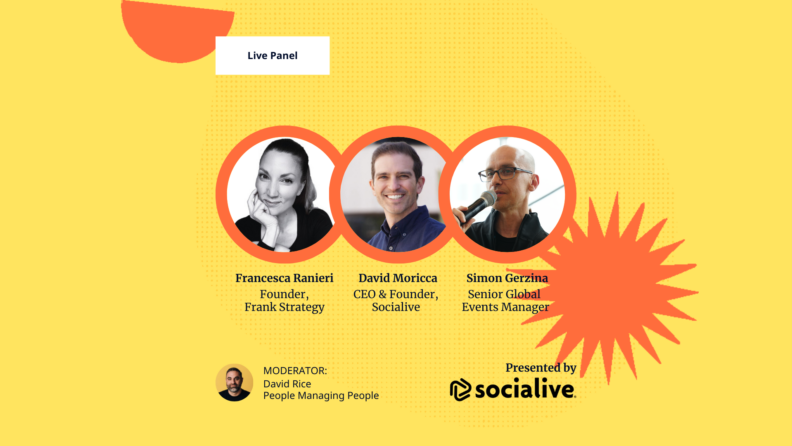The Future of Workplace Storytelling: How to Scale Employee-Generated Videos.

As an HR leader, it’s not likely that you think of yourself as a video strategist.
The good news is you (and your team) don’t have to be. With the right tools, and just a little creativity, you can incorporate the world’s most shared and engaging type of content into your employer brand. Find out how HR pros are using video throughout the employee lifecycle, from recruiting to onboarding, communications and peer to peer learning.
Learn from companies who have successfully implemented video into their HR communications. Get their tips and best practices for how to approach making this a central component of your employer branding strategy and democratizing the creative process so that your marketing team can focus on product functions rather than people.
In this session, we’ll cover:
- Why you should consider video to boost your employer brand
- Where you can implement video to see results
- The first steps you need to take to set yourself up for success
- What features you’ll want to look for and which tools HR leaders are using
Free Community Content
Join the community to access this content. Already have an account? Use the link below to login.
Have an account? Login


